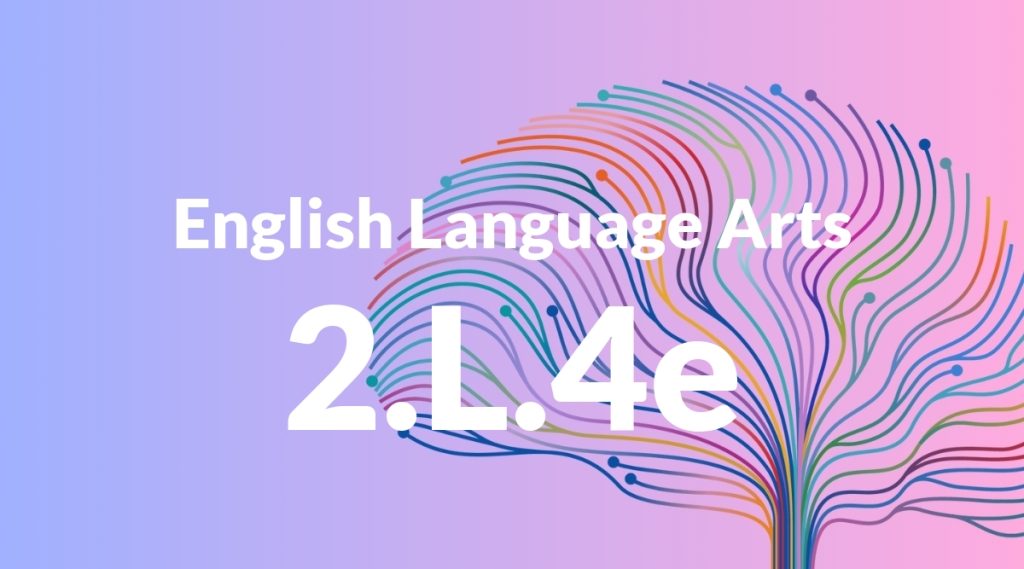Standard: 2.L.4e – Use glossaries and beginning dictionaries, both print and digital, to determine or clarify the meaning of words and phrases.
Grade level: Grade 2
Subject: English Language Arts
Domain: Language
Teacher Overview
This standard emphasizes the importance of using glossaries and dictionaries to enhance vocabulary and comprehension skills. By learning to use these resources, students build a foundation for independent learning and critical thinking, which are essential for success in all subject areas. Students should already be comfortable with basic reading and have some experience navigating books and simple digital tools. They should know how to identify words and understand simple sentences.
After mastering this standard, students will be able to independently use more advanced reference materials, enhancing their reading comprehension and writing skills. They will also be better prepared to understand and use new vocabulary in various contexts.
Common Misconception 1
Some students might think that glossaries and dictionaries serve the same purpose. This is incorrect because glossaries are typically found at the end of books and contain terms specific to the book’s content, while dictionaries are comprehensive reference books or digital tools that provide meanings, pronunciations, and other details for a wide range of words.
Intervention 1
Create a side-by-side comparison chart of a glossary and a dictionary, including examples of entries from each. Engage students in activities where they need to use both resources for different tasks.
Common Misconception 2
Another misconception is that digital dictionaries are less reliable than print versions. This is not true; digital dictionaries are often updated more frequently, providing the most current definitions and usage examples.
Intervention 2
Demonstrate the use of reputable digital dictionaries in class, showing their features such as pronunciation guides, example sentences, and frequent updates. Encourage students to use these tools for their assignments.
Prerequisite Knowledge
Students should be familiar with basic reading skills, such as recognizing common sight words and understanding simple sentences. They should also have a basic understanding of how to use books and digital devices for learning.
Subsequent Knowledge
After mastering this standard, students will be able to independently use more advanced dictionaries and other reference materials to support their reading and writing. They will also develop skills in understanding nuanced meanings of words and phrases in different contexts.
Instructional Activities
- Have students create their own mini-glossaries for a book they are reading.
- Use a classroom dictionary scavenger hunt to find the meanings of new words.
- Incorporate digital dictionary apps during reading time to look up unfamiliar words.
- Assign group projects where students use both print and digital dictionaries to define words from a shared reading text.




